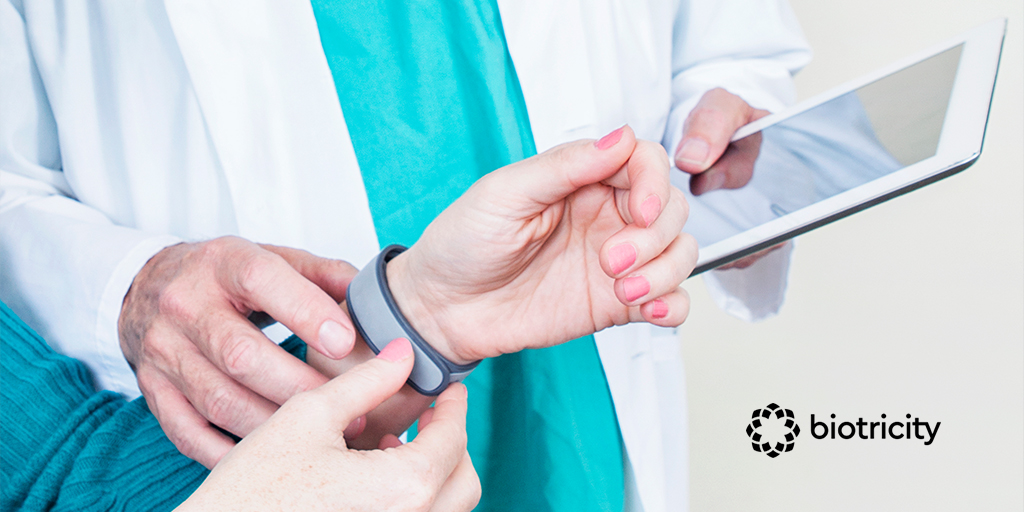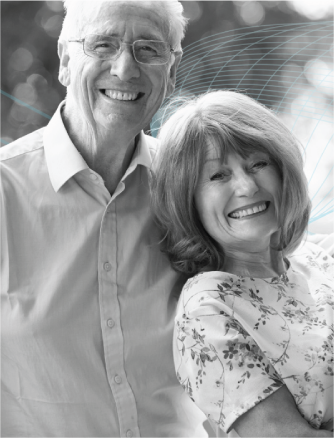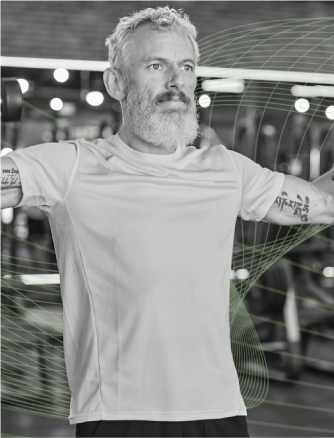This is custom heading element
OCTOBER 01, 2016 | BY BIOTRICITY
Internet of Things (IoT) connected medical devices are a new generation of medical devices capable of transmitting data on an ongoing basis and providing patients and physicians with real-time feedback. Waqaas Al-Siddiq, Biotricity CEO & Founder, discusses how these devices could enact a preventive healthcare system and facilitate better remote home care, ultimately improving patient outcomes and reducing healthcare costs.
IoT and Preventative Care
Without access to real-time data, patients have limited feedback on how a treatment or lifestyle regime is impacting their short and long-term health goals. IoT connected medical devices could provide actionable feedback to patients quickly, which would encourage patients to make better health decisions in a more timely manner. Waqaas affirms, “IoT devices have the potential to facilitate a directional shift from a reactive healthcare system to a more preventative healthcare system, which can help people live healthier lives and deter illnesses while driving down costs.” These devices are especially valuable in the management of chronic diseases, because they assist patients in becoming proactive in managing their own health, as well as providing physicians with continuous, real-time, patient data. As a result, physicians might diagnose patients more efficiently, and deliver treatment before a condition becomes critical.
IoT and Remote Home Care
Patients with chronic conditions usually receive assistance from caregivers at home. According to AARP, more than 34 million unpaid caregivers provide care to someone over the age of 18 who is ill or has a disability. Waqaas explains, “Having IoT connected devices would be beneficial in reducing emotional and financial strain on caregivers, and provide better healthcare to the patient.” A support system of IoT connected devices could be used to provide at-home patient care without the need for a caregiver to be present 24/7, and could also facilitate self-care and lead to better patient adherence. For example, these technologies could use sensors and cameras to track patient movements and behaviors at home, and provide reminders for patients to take medications.
Read the entire article here. Waqaas’ article is available on Medical Design Briefs. Medical Design Briefs features exclusive coverage of the latest medical and bio-medical innovations from NASA, its industry partners, and other major players in medical R&D worldwide.






